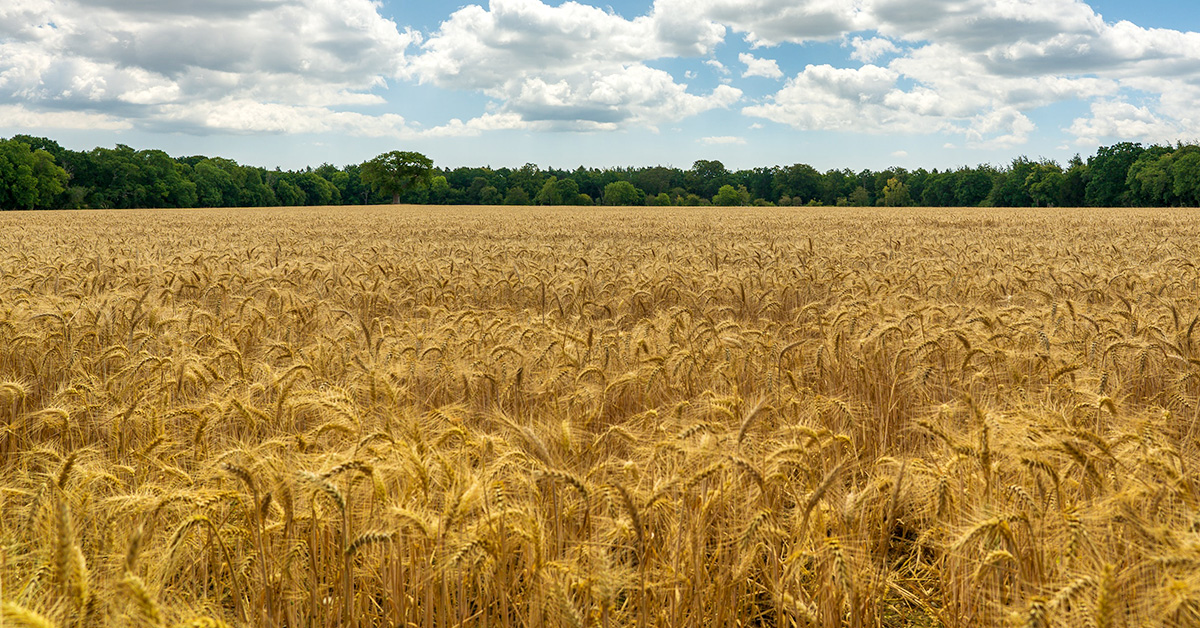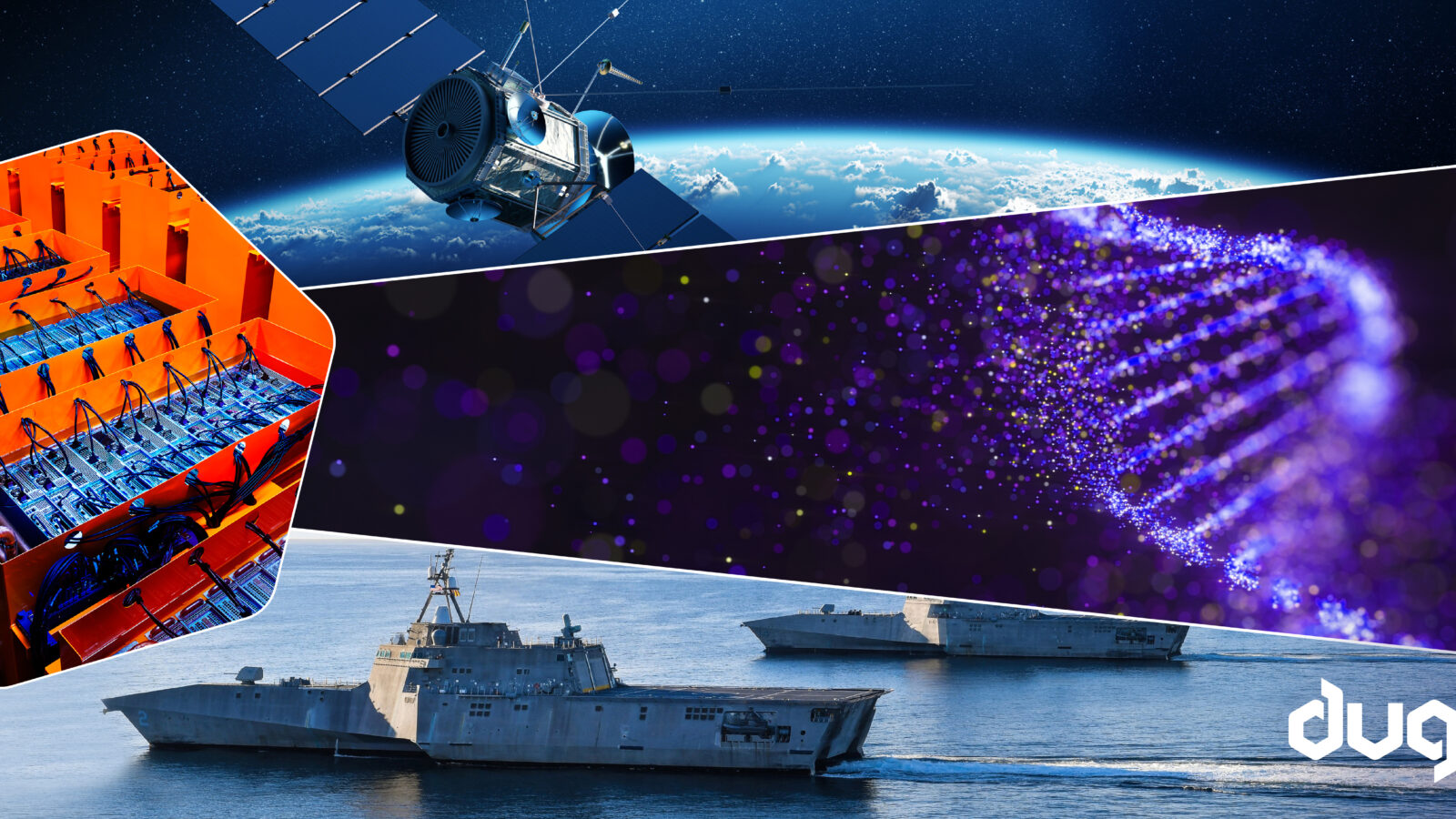The smell of fresh cooked bread is always irresistible. The base ingredient is usually wheat: a humble grain that has been cultivated for over 10,000 years and can be traced as far back as a few hundred thousand years.
Wheat has been powering the world’s food production since civilisation began, but did you know that common wheat has also been powering the technology industry?
The world’s reliance on wheat as a food source has driven technological advances in methods to grow, plant and harvest the crop efficiently. GPS-guided tractors, IoT (internet of things), edge compute and other cutting-edge technologies are constantly evolving.
But it also has been a driver for high-performance compute.
Wheat has a large and complex genome (5x the human genome and 40x the rice genome), and it has evaded analysis for almost 20 years. The scientific endeavour to understand the complexity of wheat’s genome sequence has spawned new sequencing hardware and assembly algorithms.
The new sequencing machines are generating many terrabytes (1000 000 000 000 characters) of data that need to be analysed to build up the full genome.
Many supercomputers have been thrown at the problem over the decades with the assembly finally being published in 2018: 14 years after the human genome was fully assembled, 16 years after rice, and 9 years after maize.
Why throw so much horse-power at wheat?
Wheat has become the world’s most important source of food and is the leading source of vegetable protein in human foods. To meet the growing world population’s needs by 2050, grain production must increase at an annual rate of 2% on an area of land that will not increase much beyond the present level.
Understanding the genome is critical to increasing yield, making wheat more disease-resistant, increasing its nutritional value, and meeting the ever-increasing human consumption requirements.
Next time you spread some vegemite on a slice of bread, think about how it has evaded scientists for decades and how much compute technology is behind such a humble product.






























